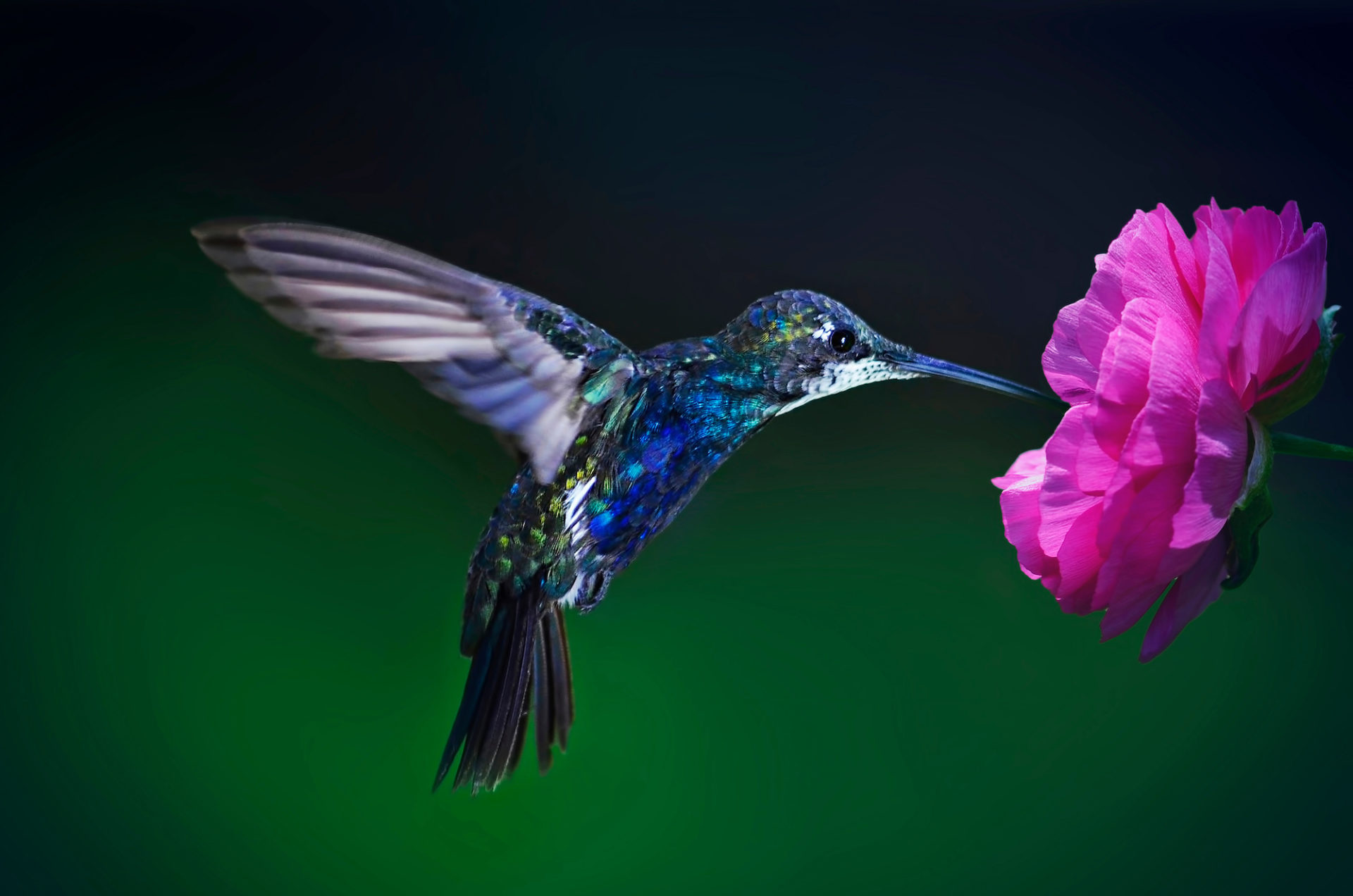
Hummingbirds are here!
What with 2022’s cool spring I had forgotten to check on the progress of their migration until summer announced it will soon be here with temperatures in the high eighties. Having checked online and discovered some had already been sighted in Canada, I dug out my hummingbird feeders and promptly set them up. And as if right on cue, as I was hanging the feeders a hummingbird approached to check them out.
There is just one species of hummingbird that makes New England its summer home: the ruby-throated hummingbird; and in researching these tiny birds, these are some interesting facts I discovered about them.
Not only do they drink nectar, but they also consume small insects for protein, and in fact, their young are fed on insects.
Nests are about the size of a walnut shell and made of plant fibers, down, moss, and spider web.
The female alone raises the nestlings, and during the course of the summer, she will raise one to three broods.
Hummingbirds’ legs are so short they cannot walk or hop – merely shuffle or perch. This deficiency is more than compensated for by their flying abilities. They can beat their wings over 50 times a second and can fly at speeds of 25 mph in a straight line. These aerial achievements make them seem more like oversized bees than birds, and unlike the silent flight of owls, hummingbirds can be heard coming, as their wings in motion making a humming noise.
They spend the winter in Central America, and in order to prepare for the long flight, they will boost their energy supplies by consuming plenty of nectar in late summer.
If you wish to attract these entertaining visitors to your garden, you can hang feeders, and grow flowers that they enjoy. They are attracted to primarily red and orange flowers, but will also visit other colors. Here’s a list of a number of plants that are popular with hummingbirds:
Red columbine (aquilegia canadensis), coral bells (heuchera), bee balm (monarda), cardinal flower (lobelia cardinalis), trumpet vine (campsis radicans), honeysuckle (lonicera), flowering tobacco plant (nicotiana alata), lantana, petunias, beardtongue (penstemon), flowering sage (salvia), red hot poker (kniphofia), plantain lily (hosta), phlox, butterfly bush (buddleia), firecracker/cigar plant (cuphea) and zinnias.
They spend only a few months with us, but a garden full of nectar-rich flowers will encourage them to come back year after year.
Sources:
National Wildlife Federation
Audubon Society
All About Birds
The Spruce







